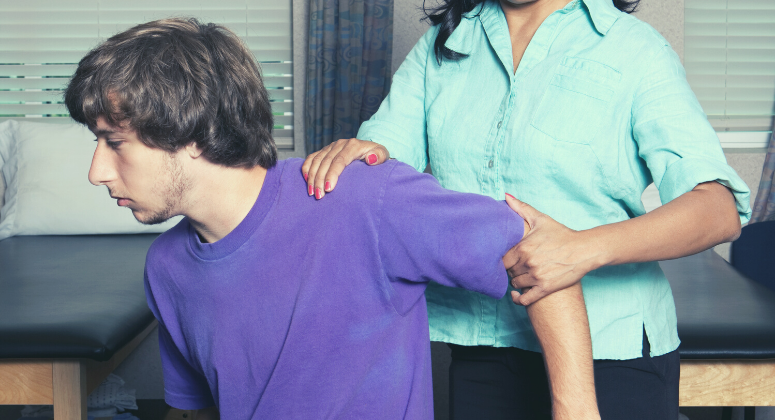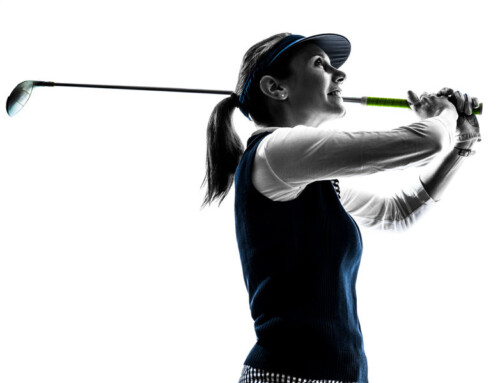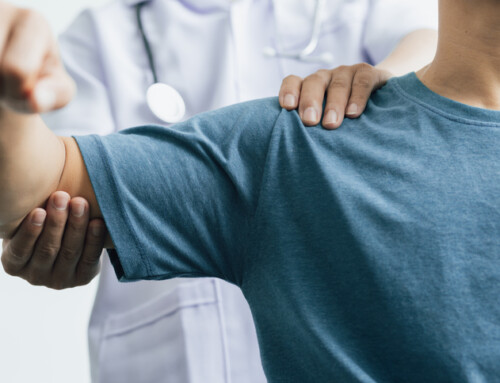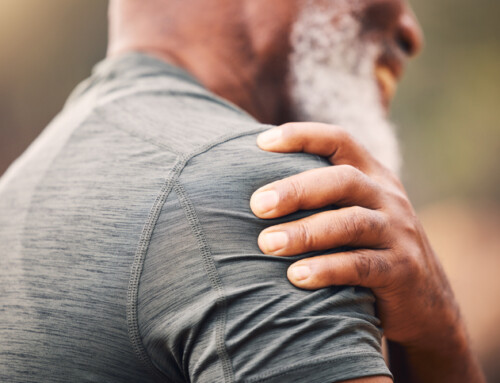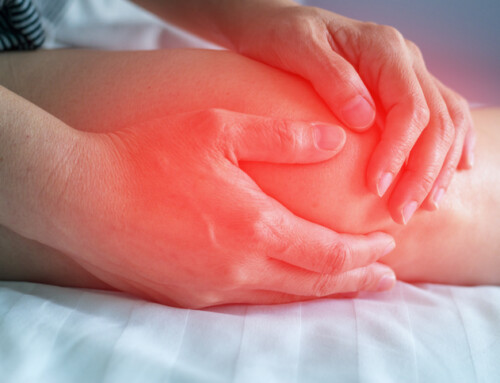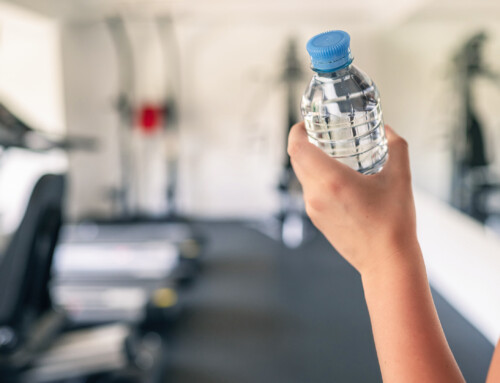By Kyle Bailey, SPT
Treatment for Ulnar Collateral Ligament Reconstruction in the Overhand Athlete
Overhand throwing athletes are very common in the modern world, with sports ranging from baseball, fastpitch softball (excluding pitchers), quarterbacks in football, volleyball, water polo, cricket, javelin throw, and even dodgeball to name a few. As athletes across the world continue to gain strength every year, the level of competition continues to increase and through the rise of sport specialization, the amount of inner elbow injuries positively correlates. In the MLB alone, 25% of active pitchers have had at least 1 ulnar collateral reconstruction surgery, with 143, 122, and 100 minor and major league pitchers electing for the surgery in 2015, 2016, and 2017 respectively.
What is UCLR?
Ulnar collateral ligament reconstruction (UCLR), known more commonly as Tommy John surgery, was first performed on major league baseball pitcher Tommy John by Dr. Frank Jobe in September of 1974. UCLR is a surgical procedure that involves taking a graft of a ligament, either from the forearm or thigh, and strategically threading this graft through carefully drilled holes within the humerus and ulna which then acts like the original ulnar collateral ligament.
The UCL is the ligament located on the medial aspect, or the inside, of the elbow. Starting on the inner distal end of the humerus and ending on the inner proximal end of the ulna, or the bottom of the upper arm and top of the forearm, the UCL helps to provide stability against valgus forces of the forearm. A valgus force of the forearm begins on the inside, or pinky side, and pushes outward, towards the thumb side, attempting to stretch the UCL. Excessive valgus force can lead to weakening, spraining, or tearing of the UCL, with a full tear generally resulting in UCLR, especially for overhand athletes looking to return to sport.
Signs and Symptoms
Common signs that a UCL injury has occurred could be
- Soreness or tightness along the inside of the elbow
- Numbness or tingling down the forearm and into the hand
- Unstable feeling within the elbow joint or the feeling that the elbow may “give out” during certain activities
- Pain in the inner elbow during overhead activities or sport
- Decreased performance such as decreased pitching velocity
Typically, to be considered for UCLR, there must be a complete tear, or a partial tear severe enough to restrict function or return to sport. The injury must occur due to overuse as opposed to a single traumatic event if the patient’s lifestyle, job, or sport is highly demanding of the elbow or if nonsurgical methods have proven unsuccessful.
Post-Operative Treatment Through Physical Therapy
Once the procedure has been completed, physical therapy will begin within a week to 10 days. The physical therapist should first create an individualized program that suits the needs of the patient to assure the best outcome possible. A hinged brace will be provided and be worn for 5 to 6 weeks depending on the surgeon’s preference. During therapy, precautions will be taken to make sure that the elbow and shoulder are not bent, extended, or rotated beyond a safe range. Work will begin immediately on the wrist, fingers, shoulder, and upper arm to prevent muscle atrophy and joint stiffness. Once ready, range of motion and stretching exercises will begin on the shoulder and elbow to decrease stress on the elbow, as well as gain or maintain joint mobility. Once the elbow can once again be fully extended and flexed, strengthening exercises will begin throughout the arm to provide additional stability of the shoulder and arm, and to begin returning to pre-injury strength. Finally, exercises will begin to become more specific to daily activities or sports. Recovery time from this operation takes from nine to 18 months, with a success rate from 85 to 95 percent.
At Capital Area Physical Therapy, we provide comprehensive analysis and treatment for athletes and patients suffering from all types of injuries and conditions affecting the shoulder and elbow. Our Saratoga Springs, Malta, Queensbury, Glens Falls, Lake George patients rely on our highly trained and dedicated staff to diagnose and treat injuries, including treatment for Ulnar Collateral Ligament Reconstruction in the overhand athlete at our Capital Region PT clinics in Saratoga – Malta, Queensbury – Glens Falls NY.

